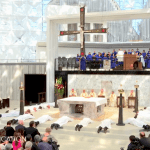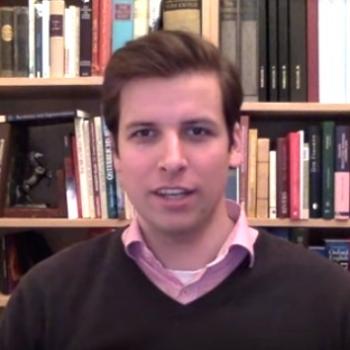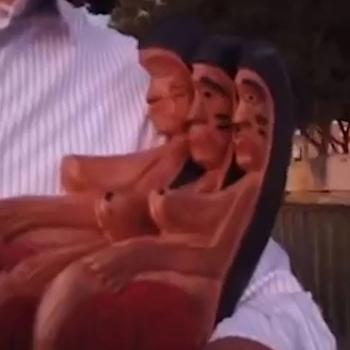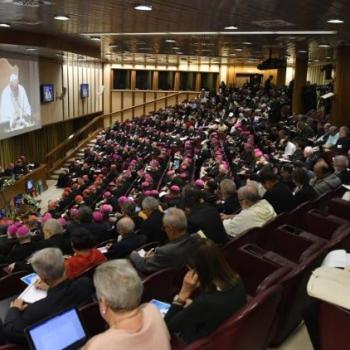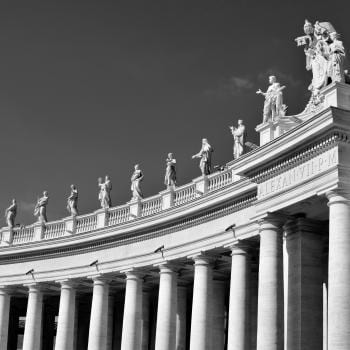What makes these new Protestant churches more attractive than traditional Roman Catholic churches?

There’s been a lot of discussion online about whether or not the Catholic Church should ordain married men to serve as priests in the Amazon. But I think it might be prudent to look at what is happening in that region, and how religious practice there has shifted over the last 50 years or so.
I found this overview on a blog at the Center for Latin American Studies at the University of Pittsburgh. It looks at some research over the last several years and I think it gives a useful context to what is now unfolding in Rome:
For the last five decades, there have been two phenomena taking place: adherents leaving the Catholic faith, and many people joining Protestant congregations, especially Pentecostal and Neo-Pentecostal churches. To understand the reasons for this trend more concretely, we will look at the case of Brazil, a largely Catholic country that is progressively becoming more Protestant in some regions.
First, we need to understand one side of the coin: the mass exodus of people from the Catholic Church. When the Portuguese colonized and began to rule what is now Brazil in the 1500s, the Catholic Church supported conversion of natives there, but the conversion was only marginal. In other words, people started attending mass and learning how to read scripture, but were not compelled to give up other beliefs. Over centuries this lack of full conversion and adherence to Catholicism developed a kind of cultural religion, rather than personal faith. So, many Brazilians in the first two thirds of the 20th Century attended church and said their prayers, but did so out of social obligation, many times with pressure from parents. What we are seeing is that since the 1970s, more and more Brazilians are no longer going through the motions of Catholicism for various reasons, and so a drop in attendance has taken place in many regions (“Religion in Latin America”, 2014).
At the same time, Protestantism has slowly taken root since the early 1900s, when the first Presbyterian and Methodist (“Reformed”) missionaries from the United States came to spread their denomination of Christianity. Although slow, the planting of these churches developed another option for Brazilians interested in faith….
So with the second change, many former Catholics are attending these newer churches…
What makes these new Protestant churches more attractive than traditional Roman Catholic churches?
Here are some factors that have been suggested based on both published scholarly sources and personal research :
- Pentecostalism/Neo-Pentecostalism has become much more “Latin Americanized” with regard to service structure, worship music, etc.
- Becoming a pastor in a Neo-Pentecostal church does not usually require formal seminary training and is much easier to join. Catholic priests must undergo much more official training, which has led to a shortage of native Brazilian priests and the use of foreigners from Europe or Spanish-speaking countries to fill vacancies. This can cause a disconnect between adherents and their priests.
In a possibly related development, Crux has this snapshot of Hispanics in the United States, plucked from yesterday’s report from Pew:
Although Catholic leaders might feel some comfort knowing they aren’t experiencing the same sort of decline as Protestants, they must be worried by the large number of Hispanic Catholics leaving the Church.
In 2009, 57 percent of Hispanics called themselves Catholic; it was only 47 percent in 2019. Only a small percentage of that can be attributed to joining other churches or religions – the number of Hispanics identifying as Protestant only rose from 23 in 2009 to 26 percent in 2017 (although the 2019 data showed 24 percent, the earlier survey is probably more thorough); and the number describing themselves as belonging to non-Christian religions rose from 1 percent to 3 percent. However, those describing themselves as atheist, agnostic or “nothing in particular” increased from 16 to 23 percent.


